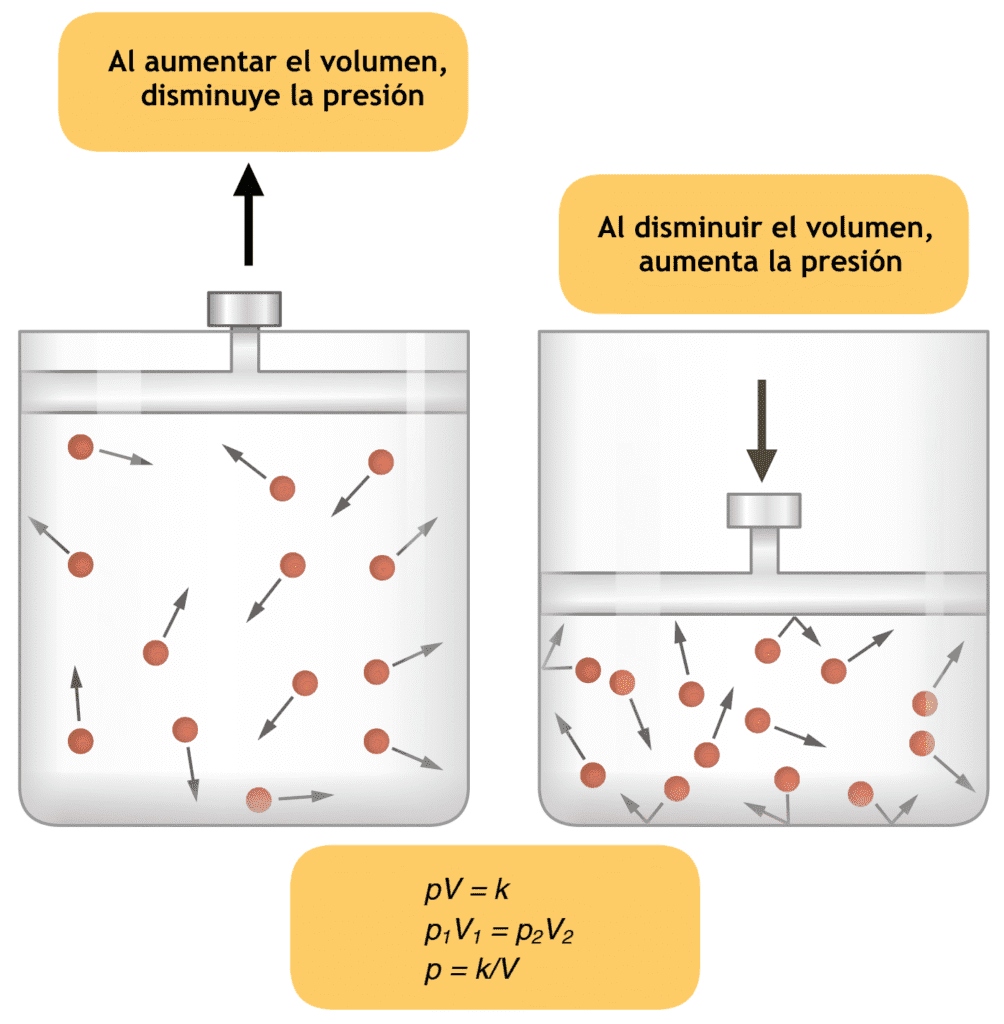All hypnotics drugs act on different subunits of GABA receptors.
Gamma amino butyric acid (GABA): This is a major inhibitory amino acid Neuro Transmitter in the brain; its synthesis from glutamate is catalyzed by the enzyme glutamic acid decarboxylase.
It binds to either GABA-A or GABA-B receptor following its release from the presynaptic vesicles. GABA- A receptor is part of a complex that surrounds and regulates a chloride ion channel (ionotropic receptor).
Most GABA receptors arc composed of a, 13 and y subunits. Receptors composed of a and B subunits produce functional GABA-A receptors that respond to barbiturates but not to benzodiazepines.
Co assembly with y subunits is necessary for assembly of benzodiazepine receptors. In the absence of GABA, benzodiazepines have no effect on GABA-A receptor function. GABA-B receptor is a metabotropic receptor; its activation by the drug baclofen causes muscle relaxation.
Classification of hypnotics drugs
Hypnotics drugs are classified as:
- Selective, benzodiazepine, GABA-A receptor agonists: Benzodiazepines e.g. Diazepam, Oxazepam, Lorazepam etc.
- Non-benzodiazepines e.g. Zopiclone, Zolpidem, Zaleplon.
- Non-selective, non-benzodiazepine GABA-A receptor agonist:
a. Barbiturates e.g. Phenobarbitone, Pentobarbitone.
b. Non-barbiturates e.g. Chloral hydrate. Paraldehyde.
4. Miscellaneous e.g. Antihistamines Diphenhydramine, Promethazine.
Drugs like morphine and pethidine, besides acting as opioid analgesics, also possess hypnotic property. Hence, they are grouped as Anodyne hypnotics. However, they should not be used as hypnotics drugs in the absence of severe pain.
Selective BDZ-GABA a receptor agonist acts through GABA a receptor. Barbiturates in therapeutic doses directly open chloride channel.

